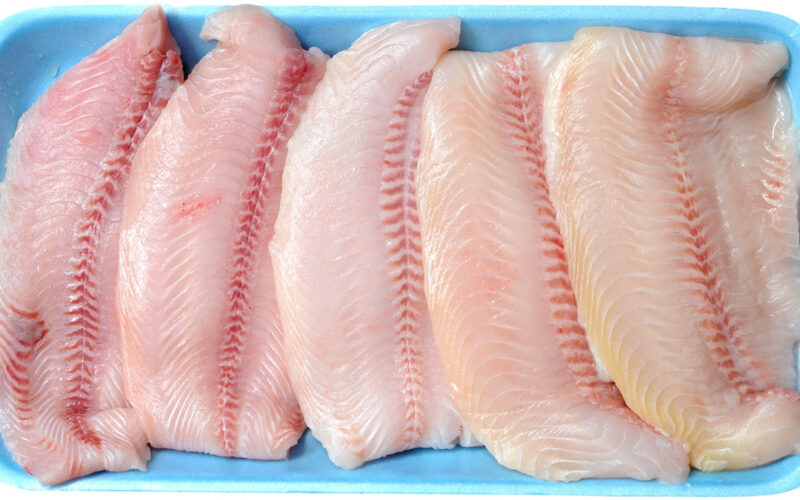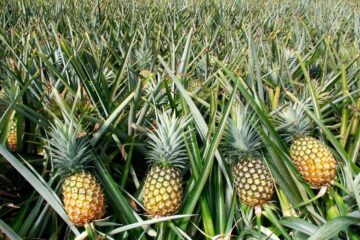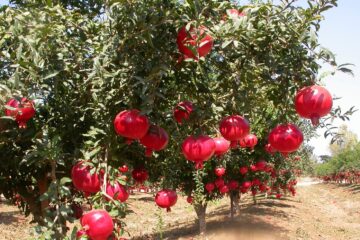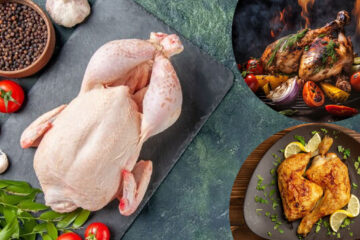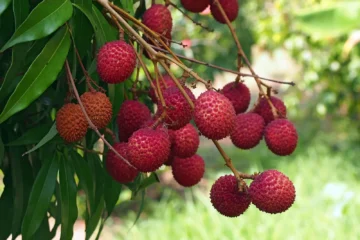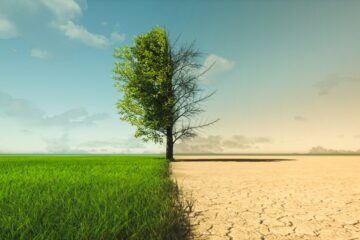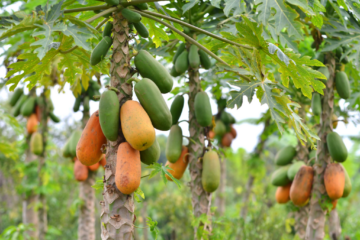Published in: October 2018
Freezing (PACKING) is crucial in today’s commerce as it ensures that produced goods are safely and cost-effectively delivered to consumers. Providing food products in a way that meets consumers’ trust and expectations while preventing microbial contamination is essential. Understanding the types of materials used for freezing and the techniques involved is vital.
Various materials are used to freeze fish foods, with approximately 200 different types available. Over 85 years ago, cellulose was used to make plastic films. The materials used for freezing differ based on their moisture permeability, light transmission, and heat sealing properties.
Importance of Freezing
Freezing helps protect goods from dust, pathogens, and temperature fluctuations. It also allows consumers to know the product’s quality, price, packaging date, certification, manufacturer’s address, usage, expiration date, and storage method. Freezing facilitates easy transportation from producers to shops and consumers.
Required Features of Packaging
Packaging materials should allow consumers to see the product, instilling confidence in the quality. Packaging should prevent moisture from evaporating and gases from entering, ensuring consumer satisfaction.
Types of Packaging Materials
Glass Bottles: Glass bottles have been used for ages, helping keep products clean and safe. They are available in various sizes and shapes.
Metal Tins: High-quality tin cans, lightweight tin cans, and aluminum tins are in use. Metal tins are popular because they are easy to produce and fill.
These packaged goods are particularly useful for researchers in polar regions, astronauts, and soldiers. However, metal tins can be heavy and difficult to seal and open after use.
Plastic: Plastic is available in required sizes and shapes. Types include low-density polyethylene, high-density polyethylene, polypropylene, polystyrene, polyvinyl chloride, polyethylene terephthalate, and polycarbonate. High-barrier plastics like polyvinyl chloride, polyamide, polyacrylonitrile, and ethylene vinyl alcohol are also used.
Plastic packaging is favored for its easy handling and durability. It prevents the aroma of the contents from escaping and external odors from entering, and it blocks gas penetration.
Freezing Fish Foods in Microwaveable Packaging
For fish foods prepared in microwave ovens, packaging materials need to withstand air pressure, additional heat, and should remain intact when reheated. Polyethylene terephthalate trays with flexible lids are suitable for various fish products.
Coated and Breadcrumb Fish Products
Polystyrene containers are used for these products. These containers have a tray with a plastic film and salt packets to absorb moisture. Such packaging helps transport chilled fish.
To keep the flour and breadcrumbs intact, fish products are briefly fried in hot oil before being packaged in paperboard boxes or polyethylene-coated paper or plastic bags.
Modified Atmosphere Packaging
The bottom of these packages is made from heat-resistant PVC material, with the top sealed using polyamide suitable for heat sealing. During sealing, the air inside is replaced with one or more gases, depending on the fish product.
Packaging Heat Processed Foods
Cans are used to package heat-processed foods, but now heat-resistant packages are used due to the interaction between cans and fish in sauces. These packages have a polypropylene top layer, an aluminum middle layer, and a polyethylene inner layer. The top layer is protected by polyethylene or paperboard to prevent damage.
Importance of Multi-layer Packaging
Polyester: Used for heat resistance, printing, transport, and storage, preventing misuse. Aluminum Foil: Prevents light and gases from penetrating, ensuring long-term preservation. Polypropylene: Offers strength, heat resistance, and heat sealing capabilities.
Benefits of Multi-layer Packaging
- Long-term preservation of products.
- Products can be stored at room temperature.
- Lightweight packages enhance heat penetration, preserving nutritional value.
- Easy to open and use.
- Minimal weight and space required for storage.
- Packages can be placed in boiling water for five minutes before use.
- Easy disposal after use.
Drawbacks of Multi-layer Packaging
- Requires special heating equipment.
- High costs involved.
- Additional costs for storing paperboard boxes.
- Only 30-60 packages can be filled per minute.
A. Madhivanan, M. Muruganantham, P. Sundaramurthy, U. Heeno Fernando, Dr. MGR Fisheries College, Thalainayar, Nagapattinam.

